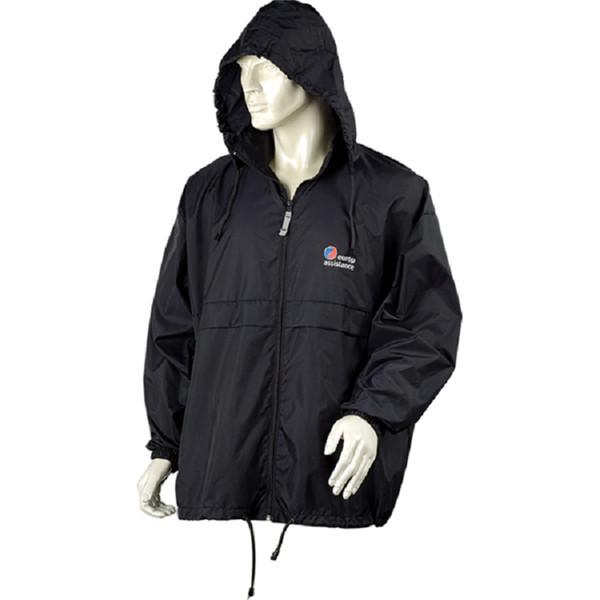 rainwears@163.com may@may-rain.com
rainwears@163.com may@may-rain.com Mon to Friday: 8.00 am - 7.00 pm
Mon to Friday: 8.00 am - 7.00 pm
Essential Gear for Outdoor Survival Adventures and Emergency Preparedness
Survival Backpack Your Ultimate Companion for Outdoor Adventures
In an unpredictable world where nature can throw a curveball at any moment, being prepared is not just a wise choice but a necessity. One of the most essential elements of outdoor survival gear is the survival backpack. This versatile piece of equipment not only holds your essential supplies but also embodies the spirit of preparedness, self-sufficiency, and adventure.
Choosing the Right Survival Backpack
When selecting a survival backpack, it’s vital to consider the various factors that cater to your specific needs. Size is paramount; it should be large enough to carry all your essential gear but not so bulky that it becomes cumbersome. A good rule of thumb is to choose a backpack between 40 to 70 liters for multi-day trips, whereas a smaller pack may be sufficient for shorter outings.
Material and durability are equally important. Look for backpacks made from weather-resistant materials such as nylon or polyester, which can withstand the elements. Waterproof zippers and reinforced stitching can make a significant difference when you find yourself caught in the rain or trekking through dense vegetation.
Essential Components of a Survival Backpack
A well-equipped survival backpack is a treasure trove of vital gear. Here are some essential components you should consider packing
1. Water Filtration System Hydration is key to survival. Having a portable water filtration system allows you to access clean water from natural sources, significantly increasing your chances of surviving longer in the wild.
2. First Aid Kit Accidents can happen, so a comprehensive first aid kit is crucial. It should include bandages, antiseptics, pain relievers, and any personal medications you might need.
3. Fire-Making Supplies Fire is essential for warmth, cooking, and signaling for help. Include waterproof matches, a lighter, and fire starter materials such as cotton balls dipped in petroleum jelly.
survival backpack

4. Food and Snacks Non-perishable food items like protein bars, dried fruits, and nuts provide the energy you need without adding excessive weight to your pack.
5. Navigation Tools A map and compass, along with a GPS device, can help you stay oriented and find your way back home. Familiarize yourself with using these tools before heading out.
6. Multi-tool or Knife A good multi-tool often includes knives, screwdrivers, and other essential tools that can be useful in various situations, making this an indispensable item in your pack.
7. Emergency Shelter Whether it’s a compact tent, a tarp, or an emergency bivvy sack, having a reliable shelter can protect you from the elements and improve your chances of survival.
8. Flashlight or Headlamp Staying visible and navigating through dark conditions is essential. Ensure you have extra batteries and consider solar-powered options for sustainability.
Organizing Your Backpack
Proper organization within your survival backpack can make a substantial difference in a crisis. Use compartments and packing cubes to separate items logically. Place frequently used items like snacks and navigation tools in easily accessible pockets, while less essential gear can be stored deeper within the backpack.
Conclusion
A survival backpack is more than just a collection of gear; it is a beacon of preparedness for outdoor enthusiasts and adventurers. By carefully selecting your backpack and thoughtfully packing it with essential supplies, you can confidently face the challenges that lie ahead. Remember, when venturing into the wild, the best way to enjoy the beauty of nature is to be adequately prepared for whatever may come your way. Whether you're embarking on a weekend camping trip or exploring remote wilderness, your survival backpack will be your trusted ally, ensuring that you stay safe and ready for anything.
-
Children's Fashion Waterproof Printed Raincoats | Kids Gear
NewsJul.31,2025
-
Silver Printed Women’s Jacket – Stylish, Lightweight & Trendy Outerwear
NewsJul.30,2025
-
Fashionable Design Long Raincoat Rain Poncho Waterproof Polyester
NewsJul.30,2025
-
High Lighting Reflective Rain Jacket Windbreaker Safety Jacket for Adult
NewsJul.29,2025
-
Disposable PE Rain Poncho - Lightweight, Waterproof, Easy to Carry
NewsJul.29,2025
-
Stylish Lady Coat Women Jacket – Trendy & Elegant Outerwear
NewsJul.29,2025































